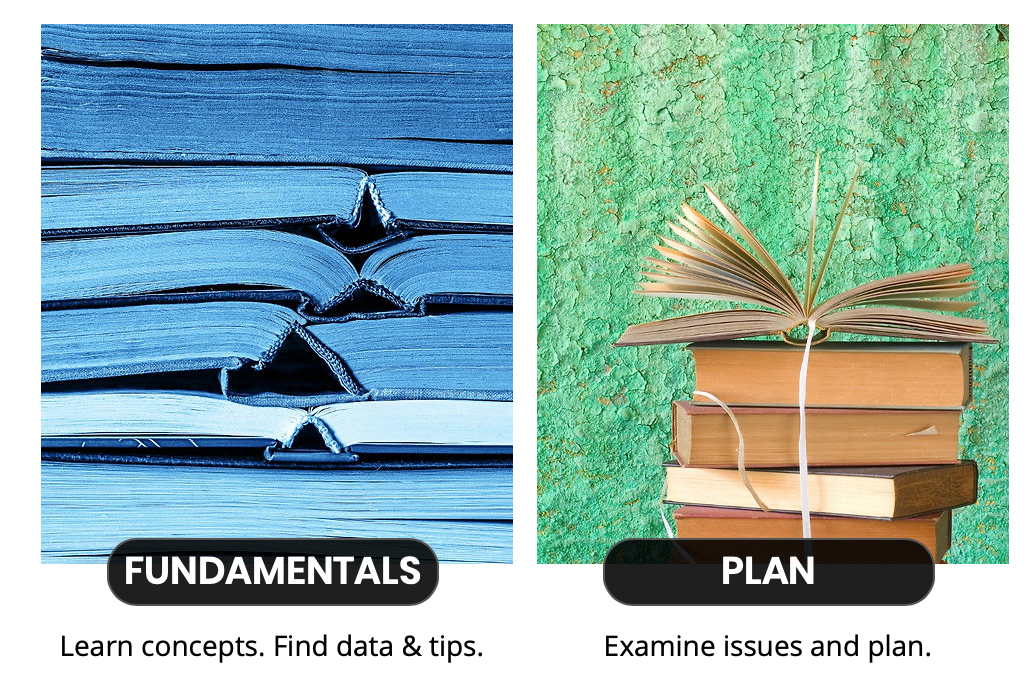
Language is important — whether written or spoken, the words we use to convey our thoughts and ideas have an impact on those who read and hear them. The Purdue Online Writing Lab addresses the use of academic language by noting that “inappropriate language uses can damage your credibility, undermine your argument, or alienate your audience.” Ensuring that you’re using appropriate and inclusive language for any given audience is essential.
It can be difficult to navigate correct terminologies and appropriate language uses, especially as they change over time. The Racial Equity Tools project aims to address some of this confusion by providing a glossary of terms to help create a shared understanding of common racial equity terms. With sources and histories for most of the terms included, the glossary also provides a wealth of additional resources and readings for those who wish to dive deeper.
While written with a political audience in mind, the Progressive’s Style Guide, published by SumOfUs, takes a closer look at different ways to incorporate inclusive language. Aimed “toward harnessing language in support of intersectionality and cross-sector power building,” the guide addresses not only appropriate terms to use but also how to approach discussions with diverse communities. The principles of using people-first language, active voice, proper nouns, and self-identification are central to the style of writing the Guide aims to encourage.
What other language and writing tools have you found useful? Please let us know through email at info@DHPSNY.org, or connect with us on the DHPSNY Facebook page or DHPSNY Community Facebook Group.
This is part of a biweekly blog series on sharing information, promoting resources, encouraging discussion, and amplifying the voices of Black, Indigenous, and People of Color (BIPOC) doing antiracism work in archives, museums, history sites, and library special collections. DHPSNY is committed to supporting the diverse network of collecting institutions that safeguard and ensure access to historical records and library research materials across New York State. To learn more, visit our first blog post in the series.
To access the full list of resources in this series, visit our Antiracism Resources links spreadsheet.
Image: www.racialequitytools.org